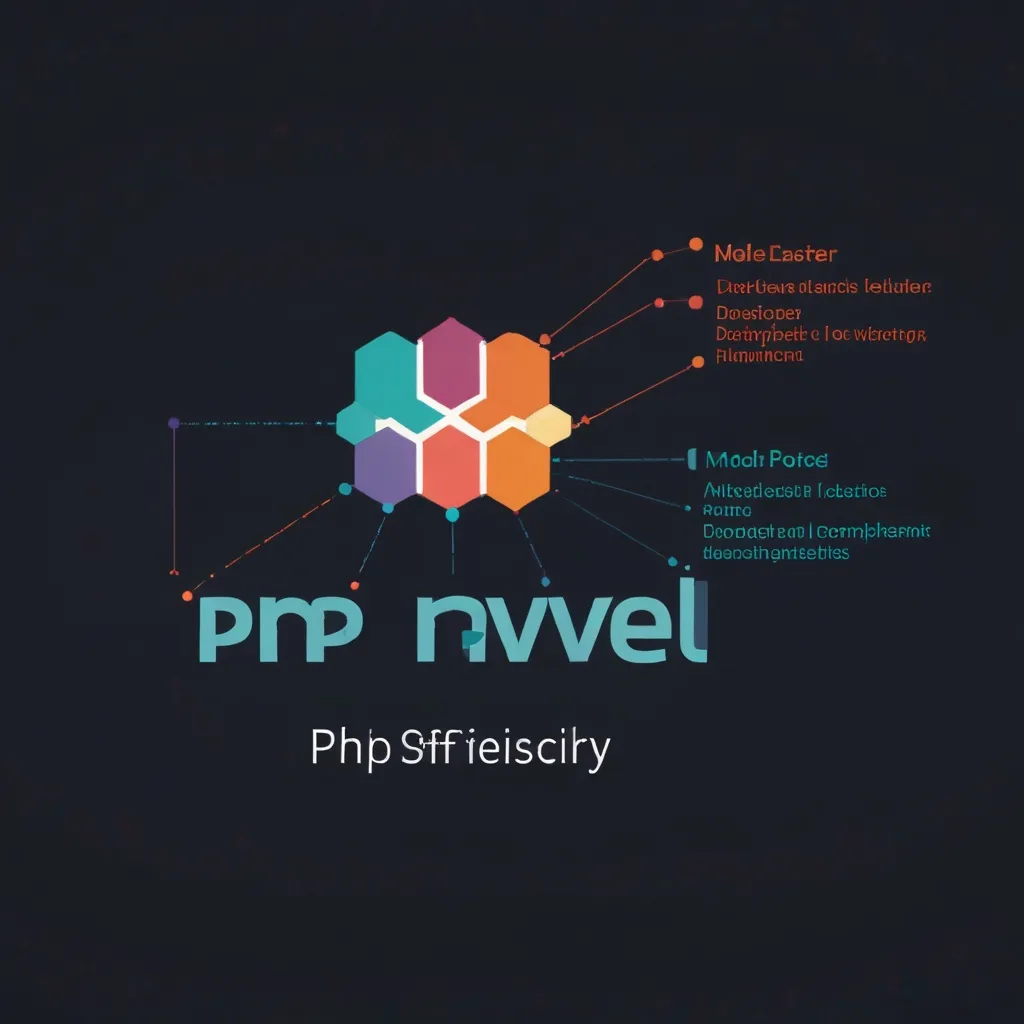In today’s lightning-fast world of computing, there’s never been a bigger push for speed and efficiency. At the heart of this quest is parallel processing, a game-changing technique that’s transforming how we tackle complicated computations. By juggling multiple tasks at the same time, it uses the power of multiple processors or cores, making everything faster and boosting overall performance.
Think of parallel processing as the superhero of computing. Unlike serial processing, where tasks get done one after another, parallel processing dives into multiple tasks all at once. Imagine tackling all the elements in a big ol’ array simultaneously instead of slogging through them one by one. This is particularly handy for heavy-duty applications like AI, scientific computing, and big data analytics.
Talking about hardware, the effectiveness of parallel processing heavily leans on your machine’s muscles. Modern computers usually come with multi-core processors, which are integrated circuit chips packed with two or more CPUs. These bad boys let you juggle multiple tasks at once, cranking up computational speed and efficiency. When it comes to distributed systems, the computational load gets shared across a web of interconnected machines, making parallel processing even beefier.
Parallel processing isn’t one-size-fits-all. It comes in various flavors, each suited for different needs. One main split is between parallel and concurrent processing. Parallel processing is about doing multiple tasks at exactly the same moment, making full use of multi-core processors. It’s perfect for tasks that can be chopped into smaller pieces, each solved independently by separate processing units. Concurrent processing, on the flip side, juggles multiple tasks by swiftly switching between them, giving the illusion of simultaneous processing. It’s more about making sure no processor sits idle.
When it comes to task parallelism, it’s all about the divide and conquer game. Here, a major task gets broken down into tinier sub-tasks, processed side by side. This not just speeds up things but also uses resources better. Picture this in a data analytics scenario: a gigantic dataset gets split into manageable chunks, each tackled by a different core or processor. It’s like turning a marathon into a relay race, making complex problems a lot less daunting.
However, it’s not all sunshine and rainbows. Parallel processing does come with its set of headaches, like task coordination, data distribution, and error handling. Nailing efficient task decomposition and managing inter-task dependencies is key for top performance. And then, optimizing algorithms and data structures can make a world of difference. Like choosing the right parallelization strategy, be it task parallelism or data parallelism, and optimizing memory access patterns to cut down on communication overhead and synchronization costs.
Parallel processing has found its way into many fields, shaking up how we deal with complex computational tasks. Take healthcare, for example: parallel processing speeds up the crunching of massive datasets for medical research, quickening the hunt for new treatments. In finance, it helps analyze high-dimensional portfolios, leading to faster and sharper risk assessments. In gaming, it ramps up graphics rendering, delivering smoother and more lifelike gameplay.
In the age of big data, parallel processing has become a knight in shining armor. Traditional serial processing methods just can’t keep up with the data deluge. By spreading data and computational tasks across multiple processors or machines, parallel processing offers a scalable and strong solution to manage, process, and analyze big data. This enables businesses and researchers to pull actionable insights faster, supporting smarter decisions.
To squeeze the most out of parallel processing, optimizing parallel programs is crucial. Step one is spotting bottlenecks in the code, whether from serial sections, memory quirks, or communication overhead. Using parallel profiling tools can highlight these problem areas, allowing focused optimization. Fine-tuning algorithms and data structures is also key. For instance, opting for arrays over linked lists or coalesced memory access can dramatically cut down on memory use and communication costs.
Practical considerations are a big deal when rolling out parallel processing. The hardware and software environment matter a lot. If your data is stuck on slow storage devices, don’t expect fireworks from parallel processing. Balancing workloads across processors is also vital to avoid overloading any single processor, which can bring the whole process to a screeching halt.
In the real world, parallel computing can slash the time needed for solution-heavy problems. Think fluid dynamic simulations or image registration—parallelizing the objective function here can lead to a major speed boost. But, picking the right parallelization strategy depends on the specific problem and hardware setup.
Parallel processing is like a supercharged engine in the world of computing. By crushing multiple tasks at once, it slashes execution time and boosts performance. Sure, it brings along its share of challenges like task coordination and error handling, but with the right optimization and system design, these can be tackled. As we swim deeper into the data-driven era, the importance of parallel processing will only balloon, making it a must-have tool for anyone dealing with computationally intense tasks.
You can see parallel processing in action in a variety of applications, from scientific simulations to financial analytics. Take scientific simulations, for instance; parallel processing can crack complex differential equations by splitting the problem into smaller bits and solving them concurrently. Similarly, in financial analytics, parallel processing can spearhead the analysis of large portfolios by spreading the data across multiple processors, leading to faster risk assessments and more accurate predictions.
As technology barrels forward, so too will the capabilities of parallel processing. With the rise of more potent multi-core processors and distributed computing systems, the potential for parallel processing to remake industries is huge. Whether you’re a researcher, developer, or business analyst, diving into the world of parallel processing can help you hit faster, more efficient, and more spot-on results in your computational tasks.






